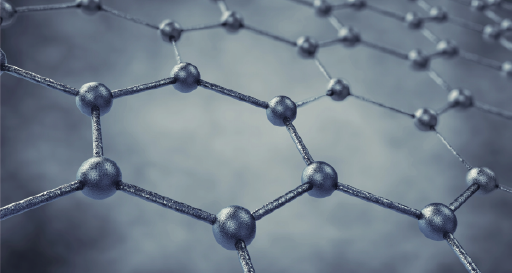
The production of graphene does not exist as such in nature, but occurs in a laboratory through graphite processing or through chemical vapor phase deposition methodologies. The complexity of its process allows to obtain a material of great quality, but with a very low volume of production.
The graphene batteries can be used for electric motorcycles, mobile phones and also for electric cars. In addition, in the field of renewable energies can enhance its use as it is in solar energy, since we can introduce graphene in solar panels to increase its efficiency when producing more energy.
And… What are some of the advantages and disadvantages of graphene?
One of the advantages that we can highlight with respect to the rest of batteries is that they allow working at higher temperatures, assuming a solution to improve the useful life of electric cars. Others that we can highlight are:
- Due to its properties, we can perform almost all kinds of applications more efficiently.
- It has a longer life than steel despite being more elastic and flexible.
- It has a lifespan 4 times longer than lithium.
- Being able to conduct electricity and temperature is derived in numerous uses.
Some of the drawbacks:
- Although researchers try to discover all the potential uses of graphene, it is not a magical material and in practice not everything they discover applies.
- There are difficulties for its commercial applications, although there are more than 60,000 scientific articles that study this material.
- It is an unstable material andtying it and working with it is not easy.
Graphene is a material that will have to be further studied in order to be ableto use it without problems in the long term.
Read more articles in our news section.






